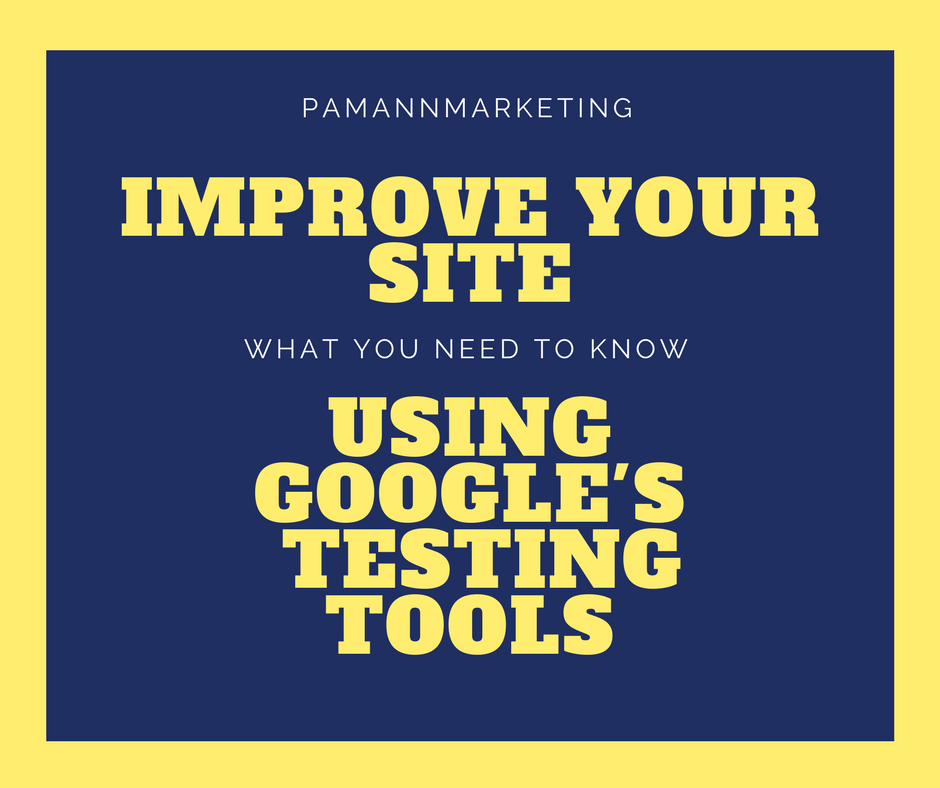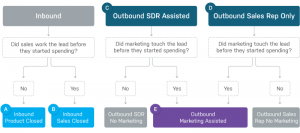— July 7, 2017
 Google has a number of free testing tools that can be used to improve your site in various ways. There’s some you may not even know exist – or, if you are aware of them, you may not know how to use them to the fullest.
Google has a number of free testing tools that can be used to improve your site in various ways. There’s some you may not even know exist – or, if you are aware of them, you may not know how to use them to the fullest.
We want to help clear up that confusion by listing Google’s top free tools, as well as explaining the benefits they provide. Most importantly – they won’t cost you a single dime. Ready to learn how to use Google’s testing tools? Then let’s get right to it.
Google Analytics
Google Analytics is arguably the most important free tool the company offers. It’s a testing tool in the sense that it records all of your site’s incoming traffic, which makes it the most reliable way to measure how well your SEO efforts are working.
After inserting a unique code on all pages of your site, you can begin to view your traffic metrics in the Google Analytics dashboard. We recommend inserting the code somewhere that appears on every page of your site, such as the header or footer. It’s completely invisible to visitors, so you don’t have to worry about messing up your site’s design with a block of code.
Google Analytics’ dashboard breaks your traffic down into different categories, so you can see:
- Real-time traffic
- Overall traffic
- Countries where your visitors are located
- Referral sources
- How long visitors stay on your site
- Page views per session
- Bounce rate (percentage of users that leave shortly after landing on your site)
In addition, you can set and track custom goals. For example, if one of your goals is to get people to sign up to your mailing list, you can track exactly how many people are landing on your “thank you” page after subscribing.
Once Google Analytics has collected enough data you can compare your metrics over time. You can track your site’s performance day-to-day, week over week, month over month, or virtually any block of time versus another block of time.
Keep in mind that Google Analytics is not retroactive, which means it will only begin to collect data after the code has been installed on your site. From there, you can monitor your site’s performance and make adjustments accordingly.
Google Search Console
Equally as important as Google Analytics is Google Search Console. It’s the only platform that Google uses to communicate directly to individual site owners. If there’s a critical error on your site, Search Console is where you’ll be notified.
Google Search Console is also useful in a number of other ways, such as:
- Learning whether or not Google is able to crawl your site
- Submitting new content for Google to crawl
- Monitoring malware and/or spam issues
- Finding out how many 404 errors (dead pages) your site has
- Which queries caused your site to appear in search results
It couldn’t be easier to start using Google Search Console. Simply log in to your Google account after clicking on the link above, then claim ownership of your site.
Page Speed Insights
Page Speed Insights is literally the only speed testing tool that matters (well, for SEO anyway). Why? Google has gone on record stating data from Page Speed Insights is what its search algorithm uses to determine how fast your site loads. While there are similar testing tools out there, this is the only one that matters when optimizing your site speed for Google.
This tool can be used to test the speed of any page – whether it’s yours, your competitors’, or a client’s. Submit the URL of a page here and let the tool do its work. Google’s testing tool will score your page speed on a scale of 1 to 100. Based on our experience, an acceptable page speed is anything with a score of 75 or higher.
If your page speed receives a score below 75, we recommend following Google’s provided advice to increase your page speed. One of the most effective ways to speed up your site, and one of the most common recommendations, is to reduce the file size of images on your pages.
Mobile-Friendly Testing Tool
Is your site truly mobile-friendly? How mobile-friendly is it? Find out what Google thinks by using its free testing tool. After submitting the URL of your site here, Google will determine if it meets today’s mobile-friendly standards and return a simple yes or no answer.
If Google determines your site is mobile-friendly, you have nothing to worry about. Conversely, if your site is not mobile-friendly, Google will tell you why it didn’t pass the test. From there, you know what adjustments need to be made to your site.
Having a truly mobile-friendly site, in Google’s estimation, is paramount when it comes to ranking in mobile search results. With mobile searches now eclipsing desktop searches, you could be losing out on a considerable amount of traffic if your site does not pass Google’s test.
Test My Site Tool
At first glance, Google’s Test My Site appears to be a tool for testing mobile page speed. However, it has a few other features not offered by Google’s other tools. After submitting the URL of your site here, Google will perform its test which may take up to several minutes. The tool will then return three screens of data.
On the first screen, Google will determine how fast your site loads on a standard 3G connection. Right beside that will be a percentage reflecting how many visitors you may be losing due to loading time. This number is based on Google’s research, which indicates mobile visitors begin leaving a site if they have to wait more than 3 seconds for it to load.
On the second screen you will see an industry comparison graph which ranks your mobile page speed as either excellent, good, fair, or poor. This screen will also indicate whether your site is faster or slower than the top performing sites in your industry.
On the third and final screen, Google will indicate how many seconds you could shave off the loading time of your site by following the company’s recommendations. This screen will then link you to a download page where you can obtain a full report of recommended fixes.
Structured Data Testing Tool
Structured data is a special type of code you can use to help search engines better understand the information included on a page. A common type of structured data is Schema.org markup. You can use structured data to mark up anything from contact information, to recipes, to social profile links, to reviews, and a whole lot more.
All the different types of structured data Google is able to read is included on this page. In order for Google to be able to understand your structured data it has to be implemented correctly. That can be accomplished by following the guides on the page linked to above. After you have added structured data to a page, you can check whether or not it was done correctly by using this testing tool.
When you run the URL of a page through the tool, it will list the types of structured data it was able to detect, and notify you of any errors or warnings. If there are any errors or warnings associated with your structured data, the tool will also let you know how you can fix the problems.
Conclusion
Wrapping up what we have just gone through, Google’s top testing tools include:
- Google Analytics
- Google Search Console
- Page Speed Insights
- Mobile-Friendly Testing Tool
- Test My Site, and
- Structured Data Testing Tool
These can all be used to learn more about the performance of your site, and make improvements as necessary. If you have any questions about any of these tools, please leave us a comment below.
Digital & Social Articles on Business 2 Community
(71)
Report Post






